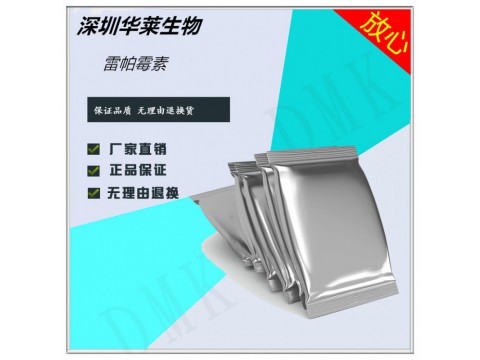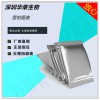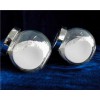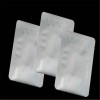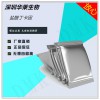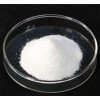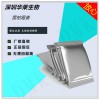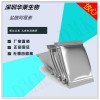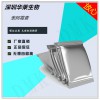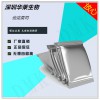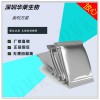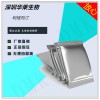Chinese Name: Rapamycin
Chinese alias: sirolimus
English Name: Rapamycin
English aliases: RPM; RAPA; sirolimus (Sirolimus); RAPAMUNE; Rapamycin/Sirolimus; Rapamycin (Sirolimus); Rapamycin; RAPAMYCIN 1GM; SIROLIMUS; 23,27-Epoxy-3H-pyrido [2,1-c] [1,4] oxaazaohentries, AY 22989, Sirolimus; Rapamy Streptomysco; RAPAMYCIN;
CAS: 53123-88-9
MDL No. MFCD00867594
RTECS: VE6250000
PubChem: 24899339
Molecular formula: C51H79NO13
Molecular weight: 914.17200
Accurate quality: 913.55500
PSA:195.43000
LogP:6.11850[1]
Physicochemical properties
Content: 99%
Appearance and properties: yellow solid
Density: 1.182 g/cm3
Melting point: 183-185 degree C
Boiling point: 973.017 C at 760 mmHg
Flash point: 542.261 x C
Refractive index: 1.55
Stability: Stable if stored as directed.
Storage conditions: -20C
Rapamycin (RAPA) is chemically named as (3S, 6R, 7E, 9R, 10R, 12R, 14S, 15E, 17E, 19E, 21S, 23S, 26R, 27R, 34aS) - 9, 10, 12, 13, 21, 22, 23, 24, 25, 26, 27, 32, 33, 34, 34a - hexadecyl - 9, 27 - dihydroxy - 3 - [(1R) - 2 - [(1S, 3R, 4R) - 4 - hydroxyl. 3-methoxycyclohexyl]-1-methyl ethyl]-10, 21-dimethoxy-6, 8, 12, 14, 20, 26-hexamethyl-23, 27-epoxy-3H-pyrido [2, 1-c], white solid crystals, melting point 183-185 C, lipophilic, soluble in organic solvents such as methanol, ethanol, extremely slightly soluble in water. Clinically, it is a new macrolide immunosuppressant. Rapamycin blockades signal transduction through different cytokine receptors, blocking the process of T lymphocyte and other cells from G1 to S phase, thus exerting immunosuppressive effect.
purpose
A novel and highly effective immunosuppressive agent is used in the treatment of organ transplantation rejection and autoimmune diseases. Anti-aging.

